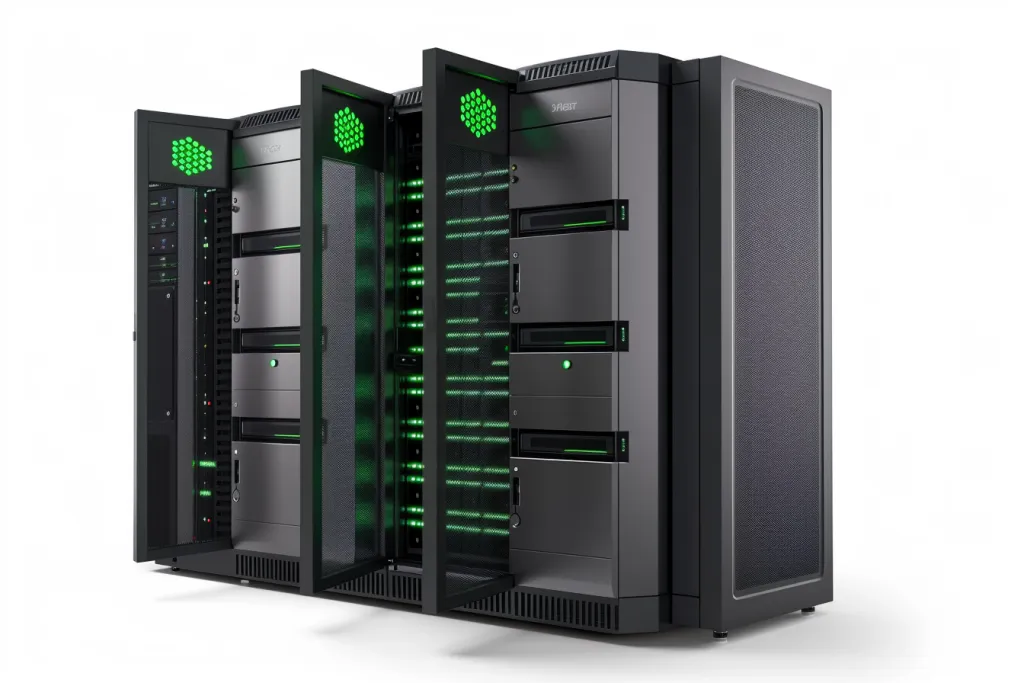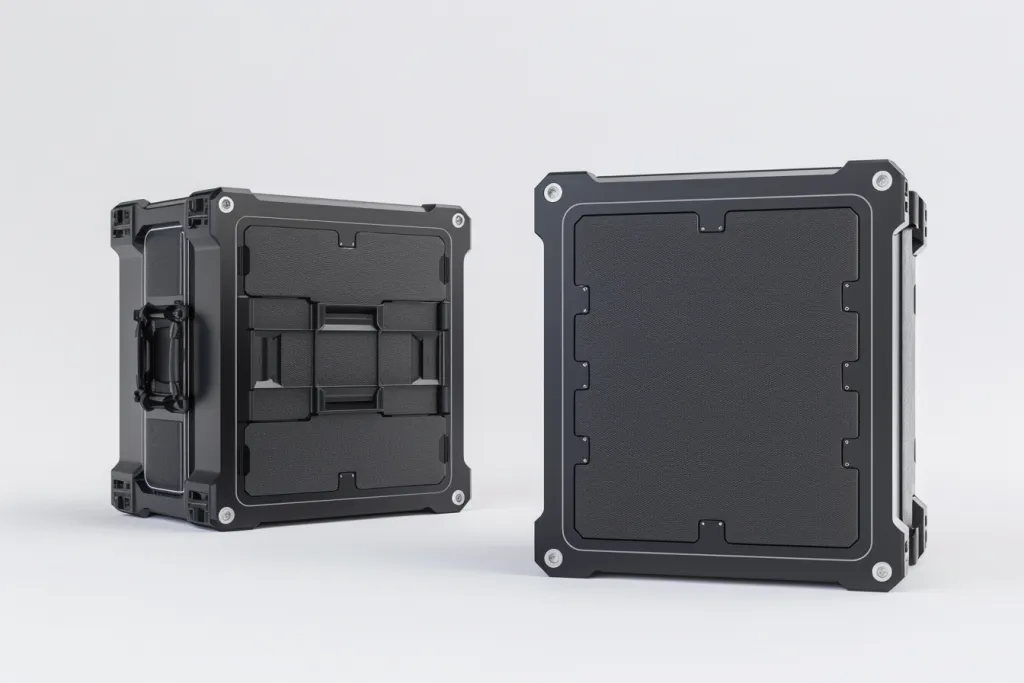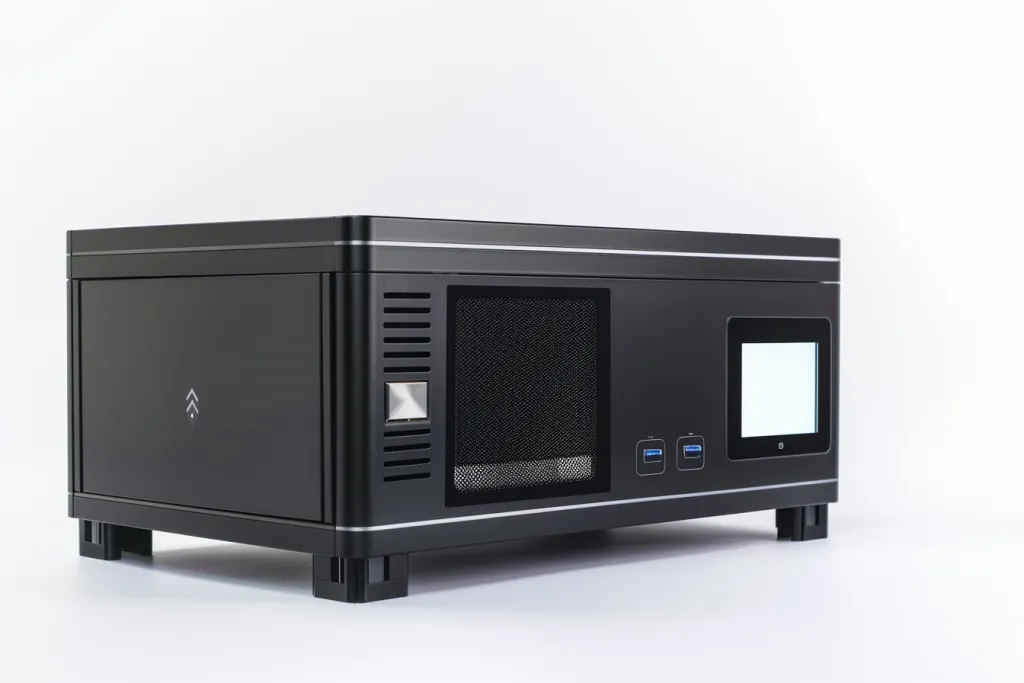In the digital age, data storage and accessibility have become paramount for both personal and professional use. Network Attached Storage (NAS) offers a versatile solution, acting as a central hub for your data. This comprehensive guide explores the intricacies of NAS, its workings, benefits, drawbacks, and how to make it work for you.
Table of Contents:
1. What is Network Attached Storage?
2. How does Network Attached Storage work?
3. Benefits and drawbacks of Network Attached Storage
4. How to choose Network Attached Storage
5. How to use Network Attached Storage
What is Network Attached Storage?

Network Attached Storage (NAS) is a dedicated file storage device that enables multiple users and heterogeneous client devices to retrieve data from centralized disk capacity. Users can access this shared storage through a network, making NAS an essential tool for data sharing and collaboration across different platforms. Unlike traditional direct-attached storage (DAS) that is connected to a single computer, NAS serves multiple clients over a network, offering greater flexibility and scalability.
NAS systems are designed to be easy to configure and manage, making them accessible for both home users and businesses. They come in various sizes and capacities, from units that can fit in a home office to large-scale solutions for enterprise environments. The core of NAS functionality lies in its ability to provide simultaneous access to files, making it an ideal solution for collaborative work environments, multimedia streaming, and backup solutions.
The technology behind NAS is built on file-based protocols such as NFS (common in UNIX systems), SMB/CIFS (Server Message Block/Common Internet File System, used with Microsoft Windows), and AFP (used with Apple devices). These protocols allow the NAS to appear to the client devices as if it were a direct-attached storage, even though it may be located in a different geographical location.
How does Network Attached Storage work?

At its core, NAS operates by connecting to a local area network (LAN) through a standard Ethernet connection. This connection allows NAS devices to communicate with multiple devices on the network, serving files and enabling data access and sharing. The operating system of a NAS device, typically a streamlined version of Linux or another network-efficient OS, is designed specifically for file storage and sharing.
NAS systems vary in complexity, from basic home setups with a single hard drive to sophisticated enterprise solutions featuring multiple storage modules and advanced data protection features like RAID (Redundant Array of Independent Disks), snapshots, and real-time encryption. The inclusion of RAID configurations in NAS devices ensures data redundancy, protecting against data loss in the event of a hard drive failure.
One of the key features of NAS is its ease of data management. Through a web-based interface, users can easily configure and manage their data storage, set up user permissions, and perform backups. This user-friendly management is a significant advantage, reducing the need for specialized IT skills to maintain and secure the storage system.
Benefits and drawbacks of Network Attached Storage

The benefits of NAS are vast, offering enhanced data accessibility, sharing capabilities, and centralized data management. For businesses, NAS simplifies collaboration by allowing employees to access shared files seamlessly, regardless of their operating system or location. It also offers scalability, enabling businesses to add storage capacity without disrupting existing operations.
However, NAS is not without its drawbacks. Network dependency means that the performance and accessibility of NAS are subject to network conditions and bandwidth. High-traffic environments may experience slower data access times during peak periods. Additionally, while NAS systems are generally secure, they are still vulnerable to network-based attacks, making robust network security practices essential.
Another consideration is the initial cost and ongoing maintenance. While NAS can be cost-effective over time, especially for businesses that require large amounts of shared storage, the upfront investment can be significant. Regular maintenance and potential upgrades also contribute to the total cost of ownership.
How to choose Network Attached Storage

Choosing the right NAS depends on several factors, including storage needs, budget, and intended use. For personal or small office use, a simple, single-drive NAS might suffice. However, businesses or users with extensive media libraries might require a multi-bay NAS with RAID support for added data protection and capacity.
When selecting a NAS, consider the device’s compatibility with your existing network and devices. Look for NAS systems that support your required protocols and offer the necessary performance for your specific applications. Additionally, evaluate the NAS’s scalability options, ensuring it can grow with your storage needs.
Security features are also crucial. Opt for NAS devices that offer encryption, secure access controls, and regular software updates to protect your data. Finally, consider the ease of use and management features, as a user-friendly interface can significantly reduce the time and effort required to manage your data storage.
How to use Network Attached Storage

Setting up and using NAS involves a few key steps. Initially, you’ll need to connect the NAS device to your network, typically via an Ethernet cable. Once connected, the NAS will be configured through its web-based interface. This setup process involves initializing the drives, creating storage volumes, and configuring network settings.
For effective use, organize your data into shared folders and set up user accounts and permissions to control access. Regularly back up important data both on and off-site to ensure data redundancy and security. Additionally, take advantage of the features your NAS offers, such as media streaming, remote access, and third-party apps, to enhance your data management and accessibility.
Maintain your NAS by keeping its firmware up to date and monitoring its health through the administrative interface. Regular updates not only improve functionality and security but also ensure your NAS runs efficiently.
Conclusion
Network Attached Storage offers a flexible and efficient solution for managing and accessing data across multiple devices. By understanding how NAS works, its benefits and drawbacks, and how to choose and use it effectively, users can optimize their data storage strategies. Whether for personal use, small businesses, or large enterprises, NAS provides a scalable, secure, and accessible way to store and share digital content.



